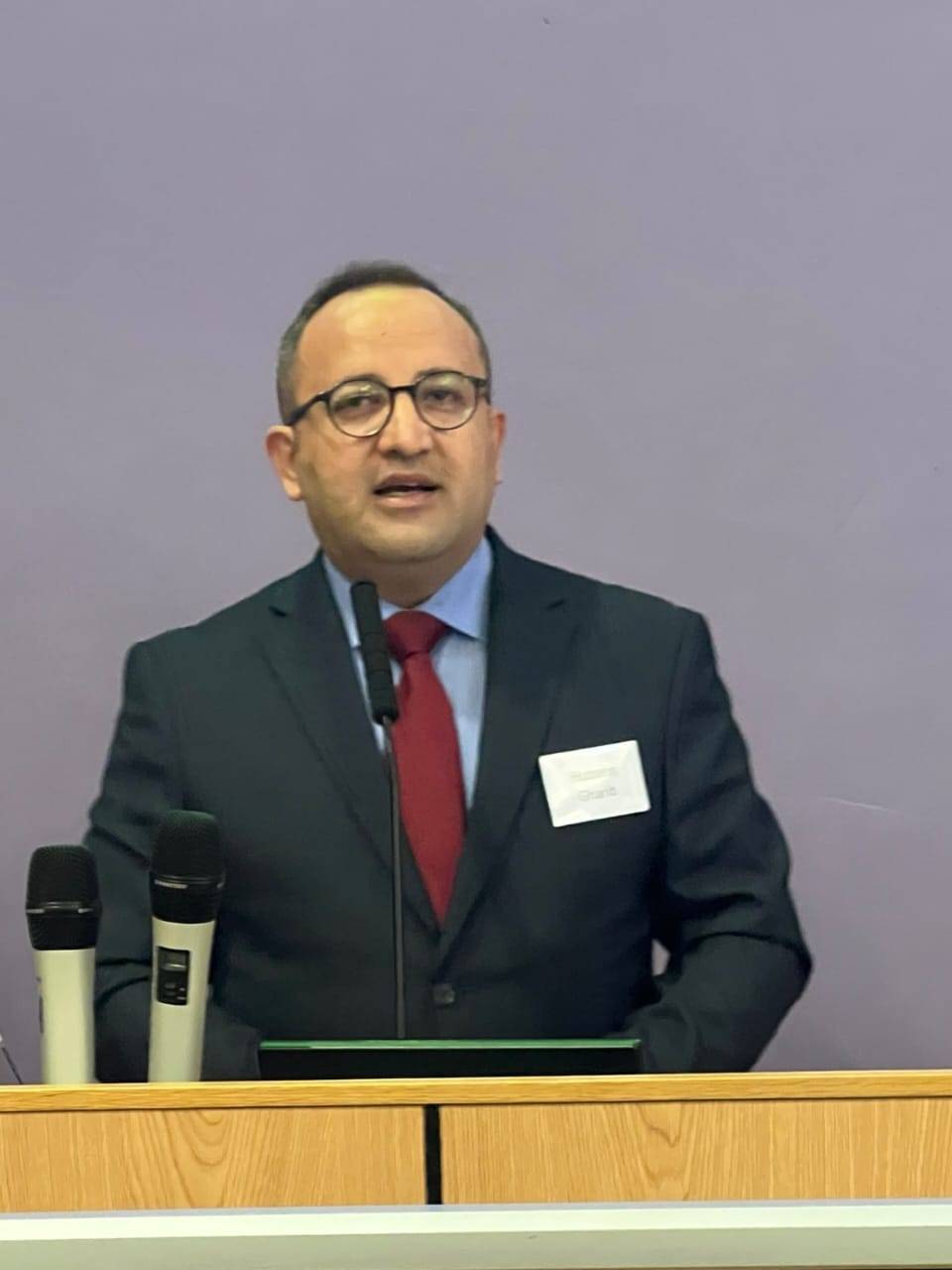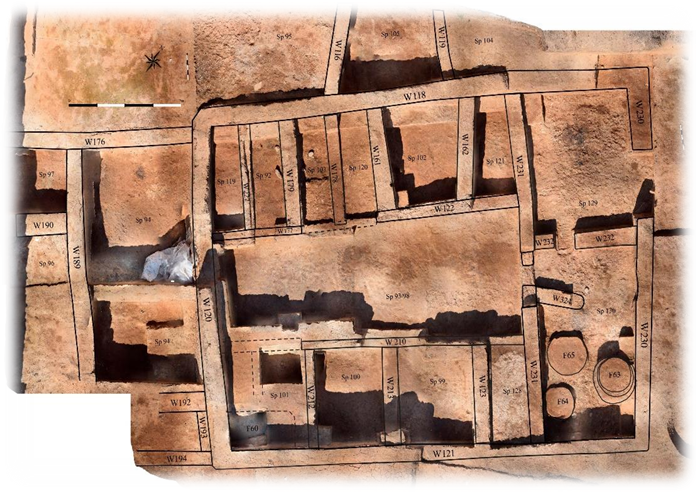Issue 10
Issue 10

On 3-4-5 January 2024, the University of Glasgow in Scotland hosted the International Archaeological Conference entitled "Archaeological Heritage Practice in Southwest Asia: Towards Equitable Futures".

10,000 years ago one of the earliest villages on the Shahrizor Plain was built and lived in at the nearby settlement mound of Bestansur.
Issue 10